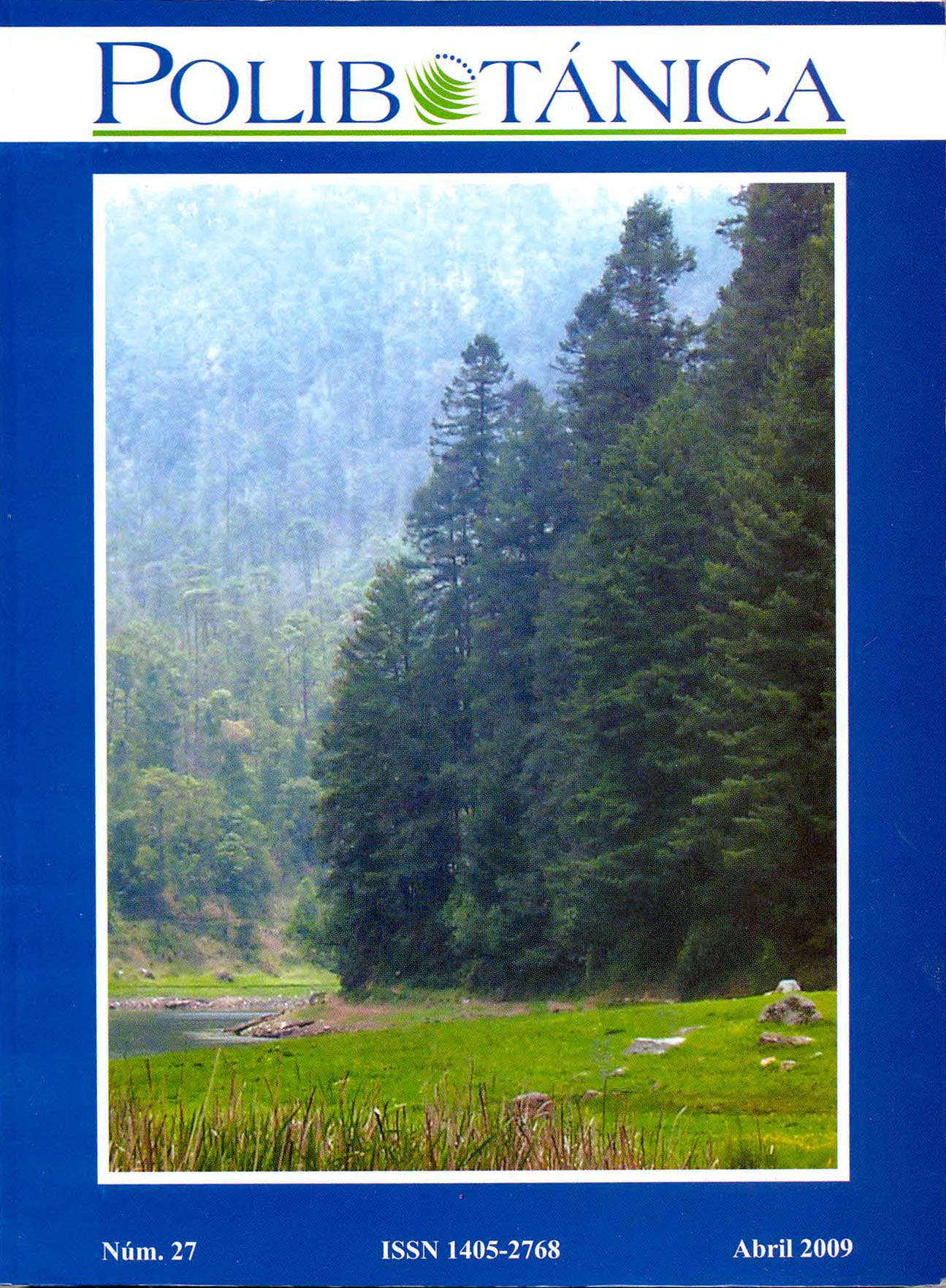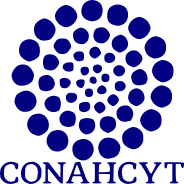PRODUCCIÓN Y ALMACENAMIENTO DE BELLOTAS DE QUERCUS HINTONII WARBURG (FAGACEAE) DE LA DEPRESIÓN DEL BALSAS, MÉXICO
Abstract
Mexico is a center of diversification of oaks,
which cover a great part of the mountainous
areas of the country and include many
endemic species. One of these, Quercus
hintonii, a kind of red oak, is threatened by
illegal felling and changing land use. It is
distributed in the southwest of the State of
Mexico, within the province of the southern
Sierra Madre, subprovince of the Rio Balsas depression. Because the reforestation
program in the area does not include red
oak, we contribute information about the
dynamics of acorn production in the oak
forest and storage conditions for increasing
fruit viability. Fructification of Q. hintonii
is variable; years of high acorn production
are followed by a period of three years during which it is scarce. This oak produced
good fructification in 2004 and 2007 and
reduced fructification in 2005 and 2006.
Fruit dispersal is carried out mainly in the
last week of August and during September.
The period of germination is five days.
In laboratory conditions the acorns lose
viability within 30 days, the percentage of
germination dropping to 4.5%. Recently
collected fruit stored at 7°C and 33% relative humidity maintain their germination
capacity at 94% for more than 48 days, and
88% of young nursery plants are established
21 days after the start of imbibition. The
present study contributes to preserving the
native species of Mexico by pointing out
the storage conditions that will extend the
viability of the fruits of Q. hintonii. This
procedure will allow this species of red oak
to be considered in propagation programs
of tree nurseries growing stock for reforestation practices.
Downloads
Published
Issue
Section
License

Polibotánica by Departamento de Botánica de la Escuela Nacional de Ciencias Biológicas del Instituto Politécnico Nacional se distribuye bajo una Licencia Creative Commons Atribución-NoComercial-CompartirIgual 4.0 Internacional.




















